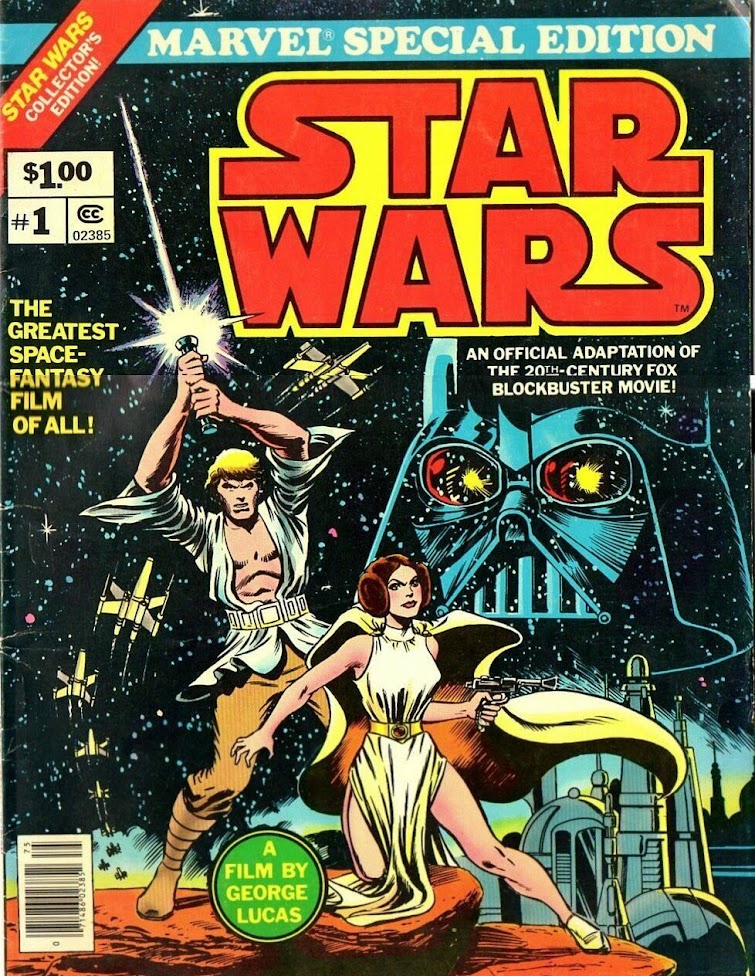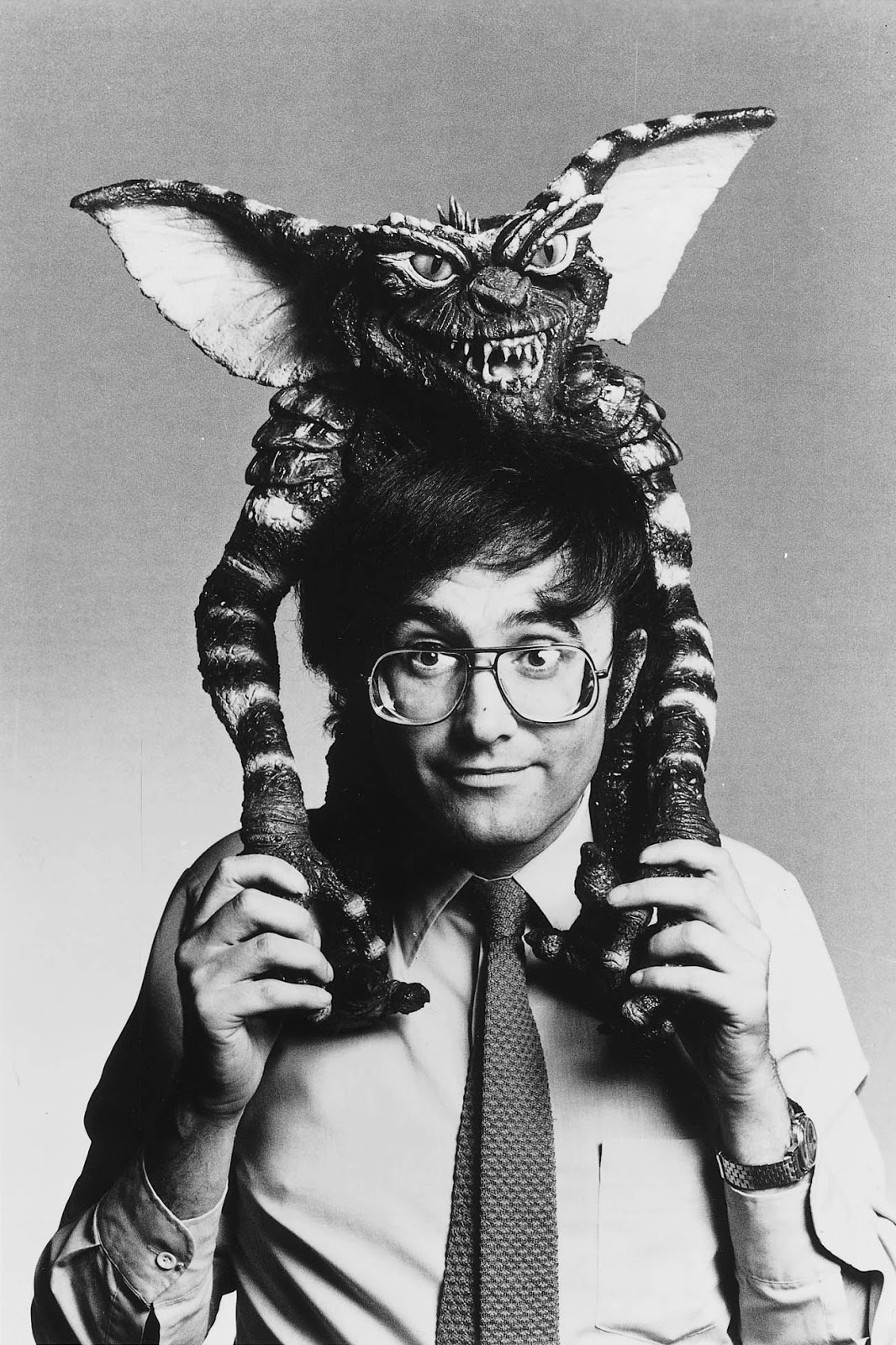Movie Review: STAN & OLLIE
For the boys...
As long as I can remember, hearing the
''Dance of the Cuckoos'' music sends through me waves of joy at the
expectation of more antics by ''The Boys''. Who can possibly
resist the undeniable charm of these two grown men acting like
children. Two well-meaning, accident-prone, clumsy idiots who would
try to disguise their immaturity under the ill-fitting suits and
bowler hats, in a futile attempt to look respectable. And no matter what ordeals they would go through, and the pain they would inflict to
each other, sometimes on purpose, often by accident, they would
always remain the best of friends.
Their sense of comedic timing was
undeniable, and the chaos that would result from their pairing was a
constant source of hilarity. Yet they also elicited a sympathy that
emerged from their complicity with the audience. Stan's signature
desperate wailing while looking straight at the viewer, Oliver's
exasperated stares at the audience – seemingly saying ''can you
believe this?!''. With this implied intimacy, Stan Laurel and Oliver
Hardy were more than comedy stars, they were part of the family. They
were friends.
Just not the ones you call to help you move.
From the moment I heard about the
project of a biopic on Laurel and Hardy, I became extremely
intrigued. And while I thought that Steve Coogan being cast as Stan
Laurel was inspired, I wasn't as convinced that John C. Reilly
taking over the cherub-like demeanour of Oliver Hardy would be
believable.
Those misgivings were dispelled from
the very first scene of STAN & OLLIE, as the celebrated
comic duo walk down through a crowded studio, while a camera follows
them closely. The two actors had managed to convey the characters
viewed from the back, just with their gait and posture. From that
moment on, I was sold on the performances. And they didn't
disappoint. To the point that I am surprised by their omission in
this year's Oscar nominations. (Although it can be argued that they
were not eligible yet based on the release date) They capture the
mimics, voice and the physicality of the performers, obviously vastly
helped by the amazing makeup work by Jeremy Woodhead, Mark Coulier
and their team. but it's more than an imitation; the deep humanity,
the pain, and the friendship built over the collaboration in over 100 films made in a span of 30 years. As a matter of fact, it was the actors' goal to try to love each other, so
that the chemistry could be genuine. The gamble worked, and not only
has a friendship been formed, but the result transpires beautifully
onscreen.
 |
| John C. Reilly going through some touch-ups on his make-up as an aging Oliver Hardy. |
However, it's important to know that
even at the height of their career, Stan and Ollie rarely socialized.
In the words of Coogan; ''Ollie worked to live, and Stan lived to
work.'' Both giving it their all while performing their comedy, they
were very different people offstage, where Stan Laurel showed way
more interest in the creative process than Oliver Hardy who would
rather bet on horses, or spend time with
his drinking buddies. It is during those three postwar tours (one
occurred in 1932) of Britain and Ireland that took place in 1947, 1952
and 1953-54 that the duo got to actually fraternize, as they spent a lot of time together while traveling from town to town. Biographer John McCabe
said that it was during those tours that “each found a
cherished friend”.
The last of those tours was also their
last time performing together. By that point, their glory days of the
thirties were far behind them, and the Hal Roach Studios films that
were finding a new life on TV were not giving them a dime of
residuals. And after the catastrophic experience of their last film
ATOLL K (aka UTOPIA, directed by Leo Joannon and John Berry) in 1950, those tours where they would
perform vaudeville were their main source of income.
 |
| A scene from COUNTY HOSPITAL (1932 - James Parrott), which also provides the basis for one of the sketches performed on tour by Laurel & Hardy. |
 |
| While on tour, the Boys would also make multiple public appearances and photo ops to promote the shows, as evidenced by this cover from an Irish Weekly paper in late 1953. |
The last tour is also the setting for John S.
Baird's film, which takes some liberties with chronology and facts
for dramatic purposes (Something common in most biopics, as was the case recently with the Oscar-nominated BOHEMIAN RHAPSODY) . Elements
from the three tours were included in the narrative . For instance,
the ROBIN HOOD movie was a project discussed way back in 1947. Also,
even though the film makes it seem that the shows were exclusively
featuring Laurel & Hardy, they were in fact a collection of other
Vaudeville acts, where the duo would perform a roughly 25 minutes
skit. (Oliver Hardy would often make sure to ask for autographs of
all the other acts in the show at the end of the evening, a sign of
his generous and humble nature). Finally, the movie focuses
particularly on Ollie's health issues, but Stan was also dealing with
his own problems with diabetes which required occasional treatments
during the tours.
 |
Laurel & Hardy after performing at the Empire theater in Nottingham, England, in Aug. 1953 during their last U.K.
tour.
|
Jeff Pope's script chose to streamline
the narrative to focus mainly on the relationship between the two
comics, and its complex nature, where their friendship is strained by
feelings of betrayal (Oliver Hardy had accepted in 1939, as contract
disputes with Hal Roach pushed away Stan Laurel from the studio, to
make a movie with another comic, Harry Langdon), their failing
health, and faith in a fleeting movie project. This focus helps to
make the film a powerful statement about friendship, and indeed, a
love letter to the performers and to cinema as a whole. Writer Pope couldn't
have been more on the nose when he stated “What I realized in doing the research is that I wasn’t writing a biopic, I was writing a love story.”
He
added: “As a boy, it struck me as the most wonderful
thing that when Laurel and Hardy stayed in a guesthouse, they shared
a bed. What’s better as a kid than having your best friend
sleepover and pull the covers over your heads? Late in life, while on
these tours, Laurel and Hardy became as close as they had been in
their movies, so in Stan & Ollie, I got
them back in bed together.” As a matter of fact, the
scene where the duo share a bed is one of the most tender moment
between two heterosexual men I have seen in a long while at the
movies.
 |
| Sharing a bed like two big kids. From THEY GO BOOM (1929 - James Parrott) |
While on tour, Stan and Oliver would be joined at some point by their spouses. Kudos are to be
given to Shirley Henderson and Nina Arianda as Lucille Hardy and Ida
Laurel, for giving depths to characters who could have easily been
self-effacing caricatures. They first come off as kind of broad, but
soon reveal not only that they are a funny duo by themselves, but
pushed further the humanity of the main protagonists by showing the viewer the weaknesses and frailty of the comedy legends.
 |
| The real life couples enjoying a drink during the tour. |
 |
| Shirley Henderson and Nina Arianda as Lucille Hardy and Ida Laurel, along with John C. Reilly and Steve Coogan. |
All through the
film, Baird sprinkles moments where the performers become
indistinguishable from their characters, and creating comedic moments
that would have been quite at home in one of their own productions.
It's as if the director noticed he had toys available that he just
had to play with. If you have Laurel & Hardy on your set, might
has well have a bit of their comedic chaos happening as well. However, those particular fictitious moments, while funny, feel a bit out of place. On the other hand, the scenes where Reilly and Coogan have to recreate actual bits and shots from the movies and vaudeville acts (Like the famous dance from WAY OUT WEST), the film becomes truly magical.
What would that ROBIN
HOOD film they were planning have been like? Or that series LAUREL & HARDY'S
FABULOUS FABLES Stan Laurel was writing before Oliver's untimely
death in 1957. One can only dream at the possibilities of the duo's
return to the creative control they lost when leaving the Hal Roach
Studios in 1941. Would the magic that had vanished once they were under
the control of studio writers that had no clue how to write for them,
return so late in the game? Hard to say. As it is, we will never truly
know.
As we were wiping tears from our eyes at the end of the
film, both my friend Sly and I were agreeing this was the closest
thing we would ever have to seeing a Laurel & Hardy film on the
big screen.
Funny, and
infinitely touching, STAN & OLLIE is a must watch for any
cinema-lover. I true biopic fashion, it is not to be taken as completely factual, but it paints a portrait that feels heartbreakingly genuine.
 |
| This candid shot from the set of OUR RELATIONS (1936-Harry Lachman) demonstrate the warm friendship between the comedic duo. |







Perfect! Your review is right on the nose old pal of mine! It reflects perfectly my own point of view and satisfaction I got from this movie. A movie about the classic team of Laurel of Hardy could have gotten into all kinds or wrong ways. It didn't. John C. Reilly and Steve Coogan, both funny comedians in their own rights, didn't try to imitate Laurel and Hardy, the actors humbly and gently faded away from their own comedy styles to slip into their character's spirit, posture, timing, and unique style of humor. I was happy to see this movie with my oldest friend, on the opening weekend that also marked Babe's birthday. Since the day we met and went through our teenage years together, I feel we were often acting out our own Stan & Ollie routines in our friendship, sometimes unconsciously and sometimes very deliberately (I remember you did a great Stanley whine). Not even the coldest snowstorm in Montreal's history could kept us from enjoying this movie!
ReplyDeleteIt was a pleasure for me too, and I felt it was symbolic that we should watch this together. Too true, there has been a Laurel & Hardy vibe to our friendship, and I mean this in the best possible way. ;)
Delete